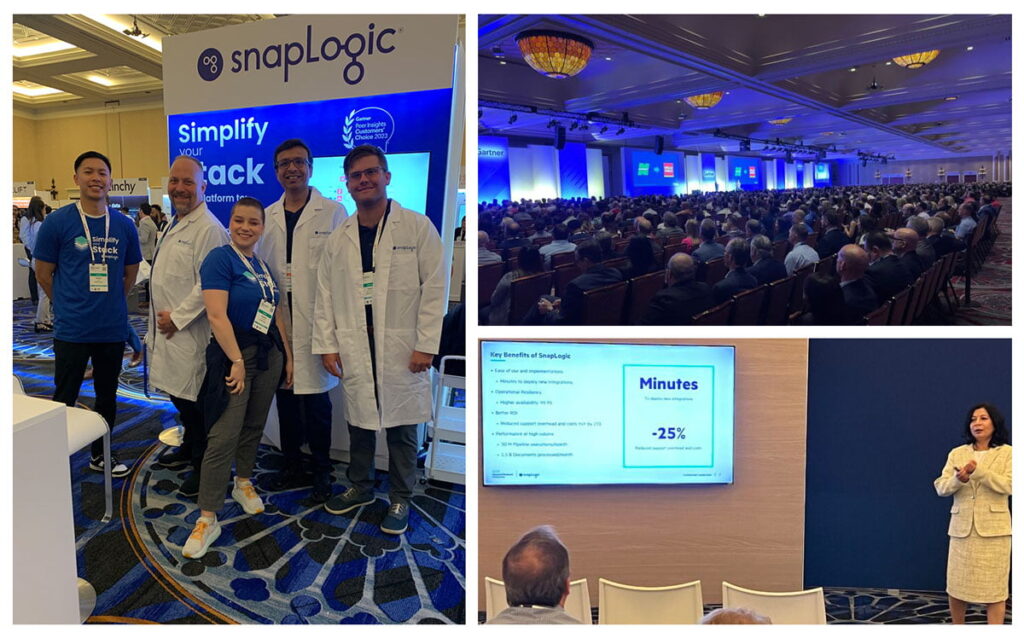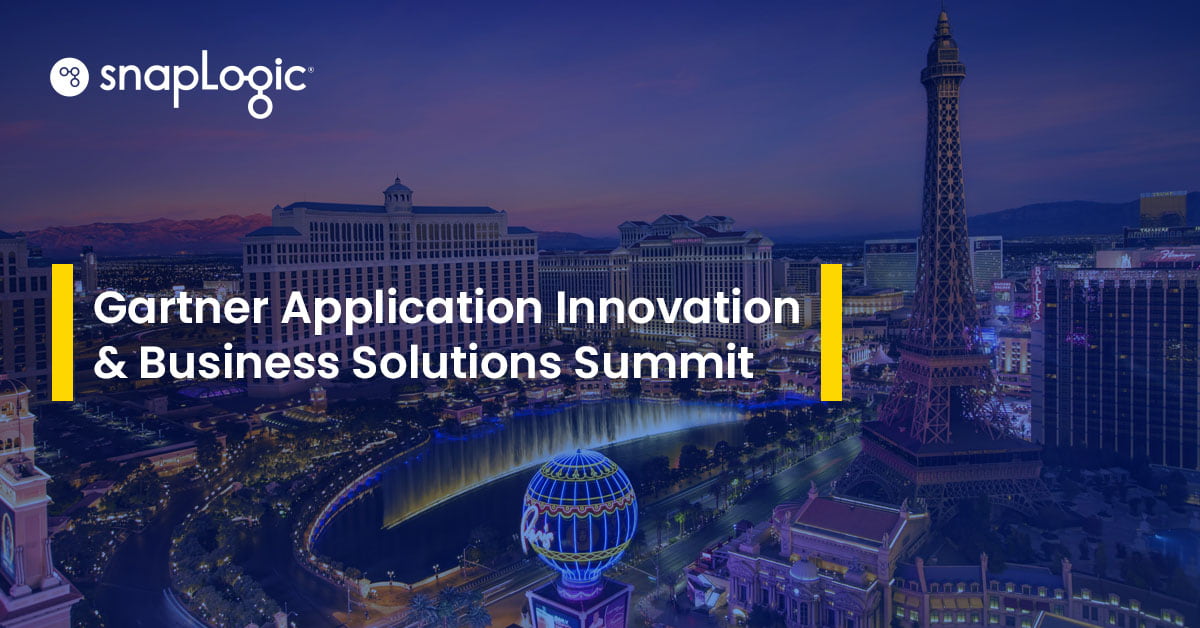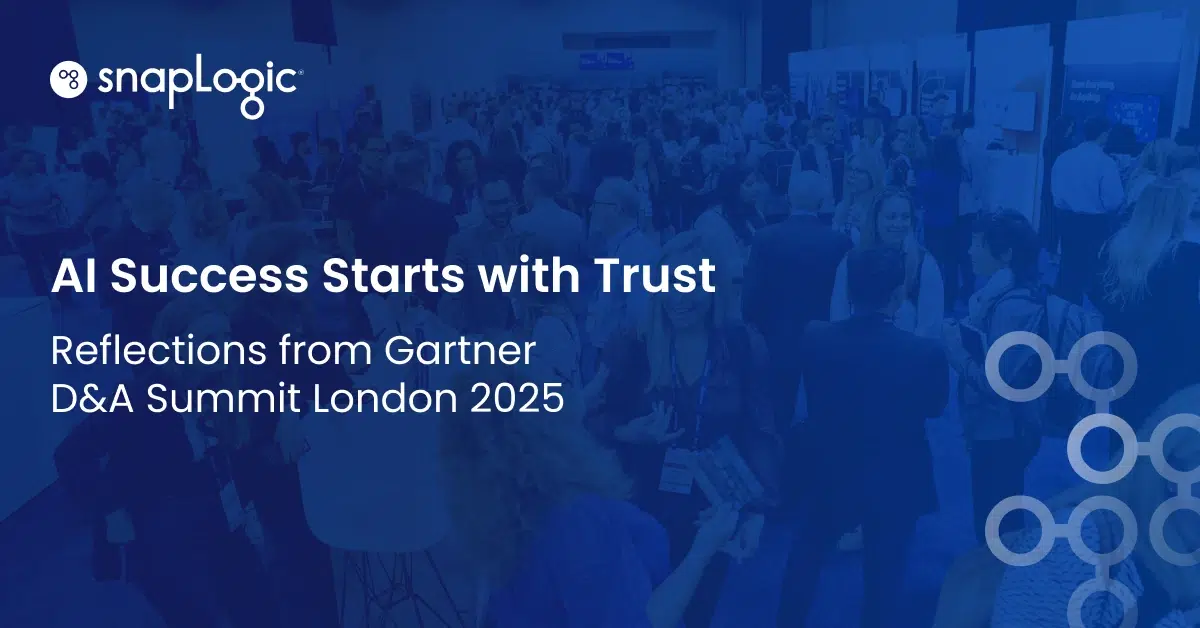Gartner’s Application Innovations and Business Solutions Summit 2023 concluded in Las Vegas last week. This summit brought together enterprise IT leaders, architects, and practitioners for a week of learning from their peers in other organizations and Gartner thought leaders. The Summit provided a wealth of information but here are three key takeaways from this event:
Agility, rationalization, modernization
The job of an IT professional is becoming ever more complex. IT teams have to manage legacy applications and middleware, adopt and support systems-of-record for all parts of an organization, decide which applications to build vs buy, and evaluate whether to rely on in-house expertise or those of a partner. Many Gartner sessions helped the IT teams prepare for success with frameworks, templates, and best practices guidelines for agile development, rapid value delivery, application rationalization, and modernization/cloud migration. Gartner’s keynote focused on the ever-present battle between build vs buy. The key recommendation was to buy commodity modular packages for common business functions such as Finance, HR, and customer service and build customer experiences that provide differentiated value along with processes, data services, platforms, and integrations that support them.

API-led world
When you are building applications and platforms that meet enterprise needs, you need to rely on APIs. So it was no surprise that APIs were front and center at the Gartner Summit. There were many sessions, including one by Ford Pro which shared how crucial APIs are when building a robust, scalable platform and supporting various application teams that provide a delightful customer experience.
Gartner guided IT leaders and practitioners through various sessions that answered:
- How they can effectively secure APIs by providing playbooks for improving visibility, managing access control, protecting APIs from threats
- When and where to use various API formats such as REST, GraphQL, Aysnc, gRPC
- Why organizations need API management and how you can effectively implement it by defining your goals, identifying responsible parties, and preparing for support
- How they can ensure consistency across all their APIs through a federated API platform team
Eye on business outcomes
My interaction with various IT leaders made one thing clear: Folks wanted to know how a vendor tool solves their specific problem. People would ask about AI capabilities but only after they learned how they can integrate their 20-year-old application stack, how they can migrate their middleware to the cloud, or how they can reduce their total cost of ownership when integrating their applications and data. Many vendors tried to position themselves in this era of generative AI with booth messaging or by talking about how AI is incorporated into their products but the audience wanted to know what problems it can solve today. While there was a lot of talk of Generative AI, only a few showed it in the ‘flesh’, and even fewer made it impactful. SnapLogic team showed how it delivers business outcomes through the Hewlett Packard Enterprise (HPE) customer story. SnapLogic team hosted Swati Zha and Ryan Feenstra from HPE who shared insights from their digital transformation journey to an always-on integration fabric.
As your organization goes on a journey to an agile, modern enterprise, poised to take on the world, SnapLogic can be the right platform you can leverage. Ask us to prove it to you!











